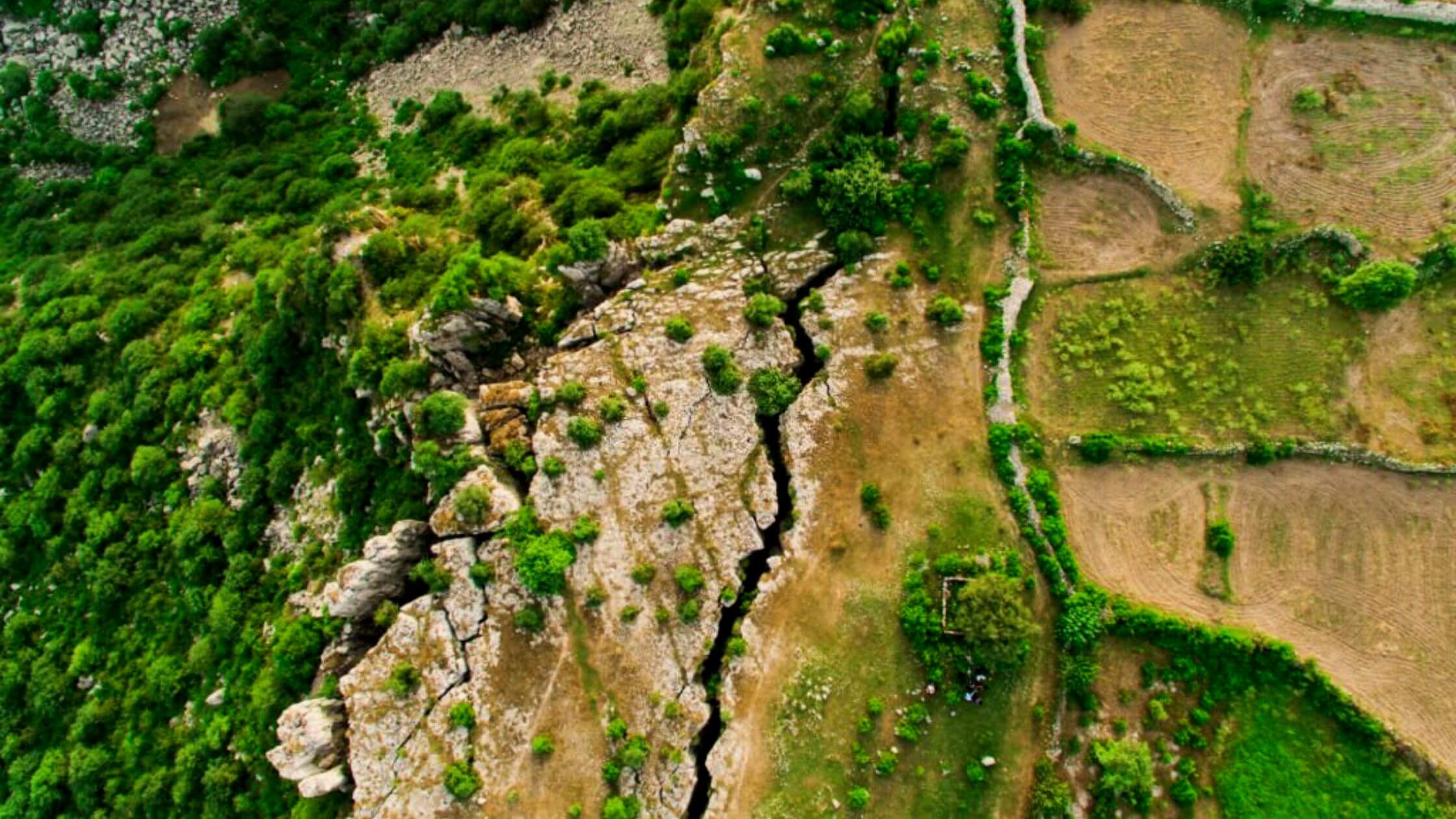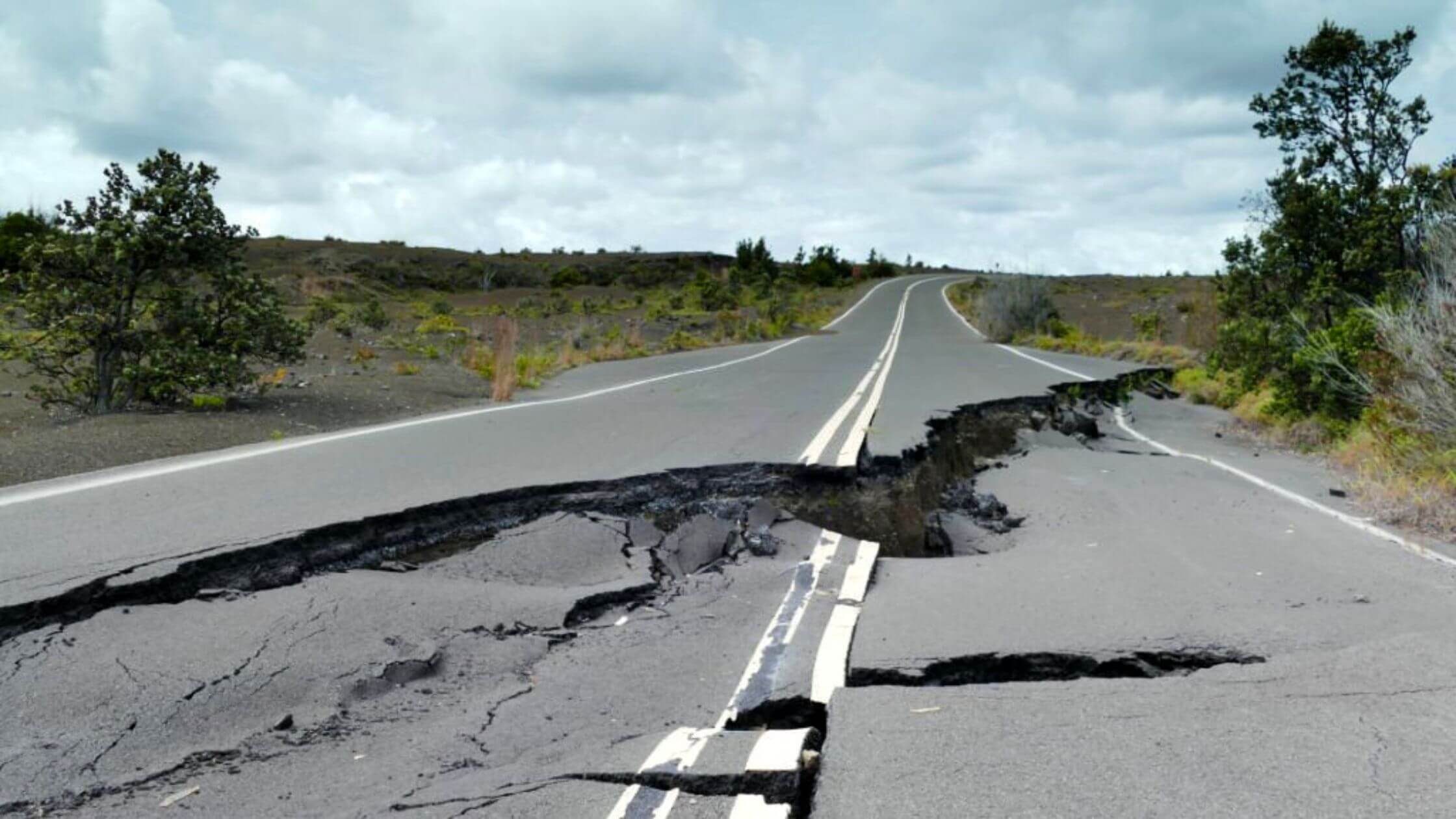The two largest earthquakes to hit South Carolina so far this year, along with a number of other tremors, shook the state on Wednesday. According to some geologists, a flurry of earthquakes has been occurring in South Carolina’s midlands because of water seeping down into the ground. A region roughly 20 miles northeast of Columbia, close to the communities of Lugoff and Eglin, has seen over 60 earthquakes since December.
In South Carolina, a 3.9 magnitude earthquake that occurred in Georgia on June 18 was felt. Since McCormick County was shaken by an earthquake of magnitude 4.1 in 2014, Wednesday’s greatest quakes were the most intense to hit the Palmetto State.
USGS Report That South Carolina Earthquakes Hit Near Columbia
According to the USGS, there are about 20,000 earthquakes observed year throughout the world. Although some people would think that earthquakes are a West Coast issue, research reveals that four of the ten strongest earthquakes ever recorded in the United States occurred on the East Coast.

More than 30 earthquakes have struck the state this year, according to geologist Wendy Bohon. The United States Geological Survey’s statistics show that: central South Carolina was hit on Wednesday by two earthquakes that are exceptionally strong for the area: a magnitude 3.5 and a magnitude 3.6.
Up until they reach a magnitude of 5, most earthquakes are not destructive. Below that, there may be trembling, loud booms, or other audible noises.
In more earthquake-prone regions, such swarms are a common occurrence, although they are less frequent in the South.
An earthquake of a magnitude of 3.4 also jolted the state during the weekend.
A second earthquake was registered Wednesday night at about 7:00. Just under 4 miles east of Elgin, a little town on the outskirts of Columbia, there was an earthquake.
According to preliminary accounts, Columbia’s downtown and Aiken County in the west both experienced shaking. After the earthquake at 7 o’clock in the evening, many minor aftershocks happened. The Midlands was also shaken by a second, smaller “after-shock” that occurred about 14 minutes later, according to the S.C. Emergency Management Division.
The earthquakes happened around three days after another earthquake of magnitude 3.4 was registered in Elgin.
According to assessments from the United States Geological Survey, the quakes on Wednesday were at least one of the strongest to hit the state in years and may be felt close to Charlotte, North Carolina.
At 2:57 PM, a magnitude 2.06 earthquake with the same epicenter was recorded. At around 4 p.m., a second aftershock with an approximately 1.9 magnitude occurred.
There were more earthquake events in June that also set records.
Building damage from the quakes has not been reported, according to authorities.
However, the quakes, which started on Wednesday afternoon, were definitely felt in the Midlands. Reports of the earthquake exploded on social media. The recorded trembling was not at levels that would normally cause harm, the U.S. Geological Survey reported.
According to the USGS, these earthquakes were shallower than others of a similar magnitude, hence a larger area felt them.
South Carolina is one of the states on the east coast with the highest seismic activity, according to the state’s Emergency Management Division.
The 7.0 magnitude earthquake that struck Charleston, South Carolina, in 1886 is listed among the most powerful earthquakes.
South Carolina has seen more than 20 earthquakes so far this year, according to federal records.
The current cluster, in accordance with the USGS, is unrelated to the center of the Charleston earthquake. Out of the estimated 10 to 20 reported earthquakes per year in the state, only 2 to 5 are felt. South Carolina, which is located on the East Coast, has a lot of fault lines running through it, making it one of the states with a lot of seismic activity.

